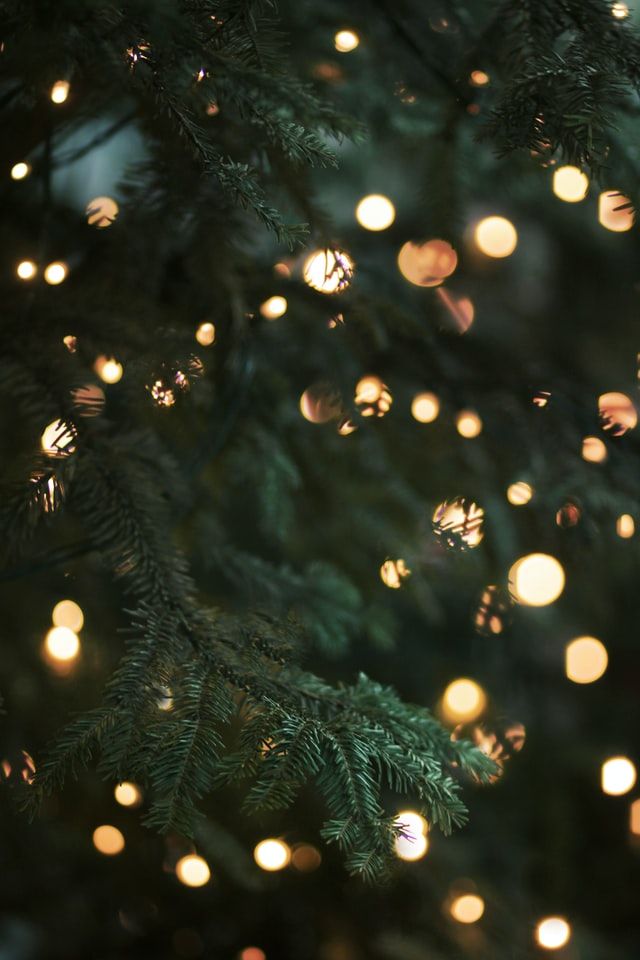
Oh, Christmas Tree! Oh, Christmas Tree! How Dangerous are Thy Branches
A Communication Toolkit about Christmas Tree Safety and More...
According to the National Fire Protection Association (NFPSA), half of all Christmas tree fires are caused by either an electrical problem or a heat source too close to the tree.
The most recent NFPSA data indicates that U.S. fire departments respond to an average of 160 fires per year that start with Christmas trees. These fires cause, on average, two deaths, 12 injuries, and more than $10 million in direct property damage.
Fortunately, you can prevent these accidents by taking proper safety measures when purchasing, setting up, decorating, and disposing of (or storing) your tree.
Key Messages
With these statistics in mind, it is important to reach the public with certain key messages about navigating a safe and happy holiday.
Christmas Tree Safety
Consider the following from FEMA:
- Keep your live Christmas tree away from heat sources and room exits.
- Water your live Christmas tree daily to keep it from becoming dry.
- Only use decorations that are flame-retardant or not flammable.
- Check holiday lights each year for frayed wires or excessive wear.
- Don’t link more than three strands of holiday lights.
Protection from Carbon Monoxide Poisoning
The fireplace is where we gather for warmth as the season’s chill settles in. However, if a fireplace isn’t properly maintained, a carbon monoxide (CO) fatality could be a devastating result. To prevent such a tragedy, follow these simple directions:
- Install an alarm that detects both smoke and CO near your kitchen, on each level of your home, near sleeping areas, and inside and outside bedrooms if you sleep with doors closed.
- Use the test button to check it each month.
- Replace all batteries at least once a year if your smoke and CO alarm requires it.
Cooking Safely
With cooking being the number one cause of home fires, the American Red Cross recommends that everyone follow these fire safety steps during and beyond the holiday season:
- Clean cooking surfaces on a regular basis to prevent grease buildup.
- Always check the kitchen before going to bed or leaving the home to make sure all stoves, ovens, and small appliances are turned off.
- Purchase a fire extinguisher to keep in your kitchen. Contact your local fire department to take training on the proper use of extinguishers.
- Don’t wear loose clothing or sleeves that dangle while cooking.
- If you are frying, grilling, or broiling food, never leave it unattended — stay in the kitchen. If you leave the kitchen for even a short period of time, turn off the stove.
- Keep anything that can catch fire — potholders, oven mitts, wooden utensils, paper or plastic bags, food packaging, towels, or curtains — away from your stove, oven, or any other appliance in the kitchen that generates heat.
- If you’re simmering, baking, roasting, or broiling food, check it regularly.
- Use a timer to remind yourself that the stove or oven is on.
Heating Safely
Space heaters account for about one-third of home heating fires and 80 percent of home heating fire deaths annually. The NFPA recommends the following safety precautions when using heating equipment:
- Keep anything that can burn at least three feet away from heating equipment, such as a portable space heater, fireplace, wood-burning stove, or furnace. The three-foot safety zone includes furniture, drapes, electronics — anything that can burn.
- Have a three-foot “kid-free zone” around open fires and space heaters.
- Never use your oven to heat your home.
- Have a qualified professional install stationary space heating equipment, water heaters, or central heating equipment according to the local codes and manufacturer’s instructions.
- Have heating equipment and chimneys cleaned and inspected every year by a qualified professional.
- Remember to turn portable heaters off when leaving the room or going to bed.
- Never plug a space heater into a power strip or “multi-plug.” They should be plugged directly into an outlet.
- Do not overload extension cords or outlets, and do not place an electrical cord under a rug. Dispose of older, fraying extension cords.
- Always use only the type of fuel specified by the manufacturer for fuel-burning space heaters.
- Make sure the fireplace has a sturdy screen to stop sparks from flying into the room. Ashes should be cool before putting them in a metal container. Keep the container a safe distance away from your home.
- Do not burn Christmas tree branches, treated wood, or wrapping paper in a home fireplace.
- Test smoke alarms monthly.
Candle Safety
The top three days of the year for home candle fires are Christmas, New Year’s Day, and New Year's Eve. The main thing to remember is to never leave a burning candle unattended. To be on the safe side, you can consider using battery-operated flameless candles.
Closing
If you put these helpful tips into practice over the holiday season, you will have a safer and merrier time! Happy Holidays!
Research and materials for this article were compiled, written, and distributed on behalf of the National Public Health Information Coalition. The views and opinions expressed in this blog are those of the various authors and do not necessarily reflect the official policy or position of the National Public Health Information Coalition or its members.
References:
https://www.tdi.texas.gov/pubs/videoresource/fsxmastreesafet.pdff
https://www.usfa.fema.gov/prevention/outreach/holiday.html

